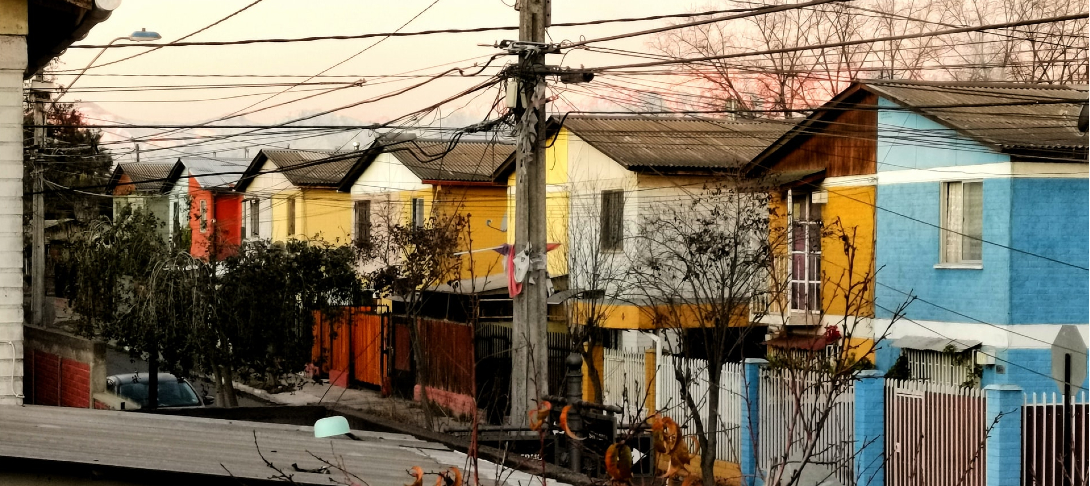Social Distancing

Ability to respond to directives of social distancing has also been cited as a possible contributor to the excess burden of COVID-19 disease borne by minority communities. An important aspect of this is the ability to follow stay at home advice when an individual has an occupation deemed essential, but this additionally refers to the difficulty many communities of color have in maintaining social distance when living in spaces with more than one individual per room or in relatively crowded neighborhoods.
A recent analysis of emergency room visits for flu-like symptoms across all zip codes in New York City (NYC) compared the frequency of such visits in March 2020 to the frequency average for the month of March in years 2016 through 2019 to determine the difference and found that while every NYC zip code had an increase in the frequency of trips to the emergency room for flu-like symptoms, predominantly white neighborhoods saw the lowest increase in number of visits to the ER, while neighborhoods with an increase of at least 5 visits per 1,000 population were majority people of color (eg, Latinx, foreign-born). Moreover, the same pattern of increased visits to the emergency room for flu-like symptoms was evident when the data were organized by percent rental crowding and percent poverty.
A similar analysis was performed on the number of positive coronavirus cases per zip code in each of the 10 California counties with the highest case count as of May. Excluding neighborhoods with fewer than 2,500 residents or fewer than five infections and defining overcrowded households as those with more people than rooms of all types (besides bathrooms), the study found that compared with the 20% of neighborhoods with the lowest rate of COVID-19 diagnosis, the 20% of neighborhoods with the highest rates of COVID-19 diagnosis had three times the rate of overcrowding and twice the rate of poverty. The study also found that the least affected neighborhoods were approximately 50% white, while 82% of residents in the most affected neighborhoods were individuals of color. Extending their analysis to essential workers specifically, the study investigators also found that approximately two-thirds of Californians in overcrowded homes are either essential workers themselves, or live with an essential worker, of these 75% live in poverty, 92% are individuals of color, and 12% lack health insurance.
Other analyses paint a similar picture. Taken together these studies make it clear that any public health intervention that hopes to address the disproportionate impact COVID-19 has on communities of color must include components that address the impact crowded living spaces has on disease transmission.
Related Links
- Cimini, K., & Botts, J. (2020). Close Quarters: California’s overcrowded homes fuel spread of coronavirus among workers. (CalMatters: The California Divide Project)
- Feldman, J. (2020). Does COVID-19’s toll reflect social inequality? Early evidence from NYC. (Medium)
- Schuetz, J. (2020). America’s inequitable housing system is completely unprepared for coronavirus. (The Brookings Institute)